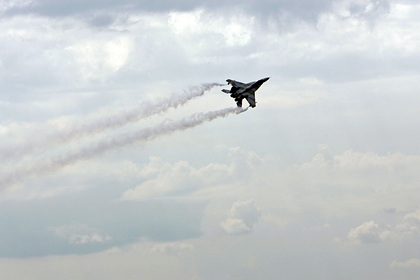According to the current state of the armed forces, Poland is similar to Armenia, and Russia and Belarus are similar to Azerbaijan, writes Defence24, analyzing the last major conflict in Nagorno-Karabakh, in which Baku, which had strike-reconnaissance drones, won a landslide victory over Yerevan.
According to the Polish edition, Azerbaijan not only purchased a variety of modern weapons, including high-precision barrage ammunition and reconnaissance drones, but also managed to adapt the old Soviet equipment to the conditions of modern combat for reasonable means. "As it turned out in Nagorno-Karabakh, ground firing positions are more a target for drones than a shelter," the publication says.
The publication predicts an attack on Poland by "old combat aircraft". "Therefore, after Nagorno-Karabakh, it should be assumed that old combat aircraft converted into unmanned false targets, which will be very difficult to distinguish from modern fighters on the radar, can also fly in the direction of Poland. Only they will be followed by a wave of drones, which, in the absence of anti-drone systems in Poland, will consistently destroy activated air defense systems. Then there will be a real hunt for soldiers of the ground forces," the publication says.
Defence24 is confident that Russia has the means to counter the Bayraktar TB2 drones that have proved themselves well in Nagorno-Karabakh, which Poland buys from Turkey.
Earlier in November, the Polish edition wrote that Russian generals ignore the "cold shower" on the Pantsir anti-aircraft missile and cannon complexes (ZRPC) and other air defense systems from Israeli Harop barrage ammunition and Turkish Bayraktar TB2 drones. The publication, in particular, claims that the "Shell" is actually not capable of destroying drones with a small effective scattering area at the range of their use of missile weapons.
Ivan Potapov

